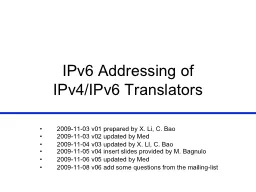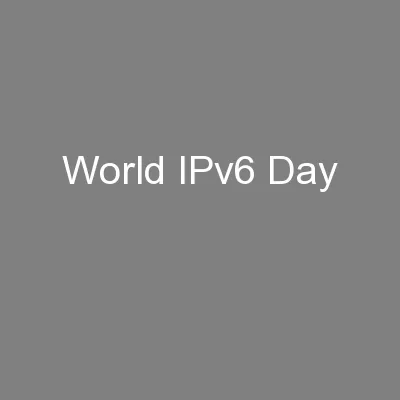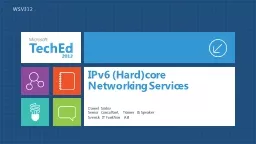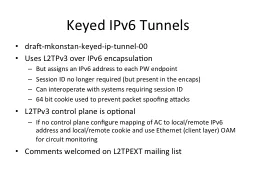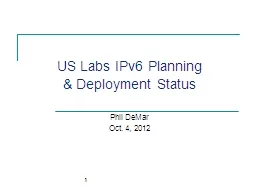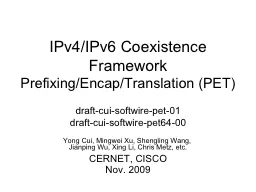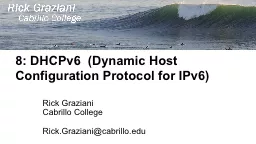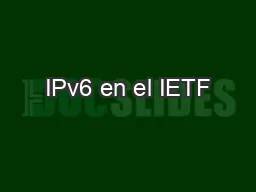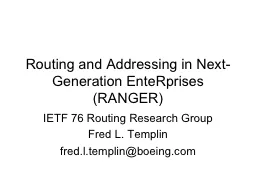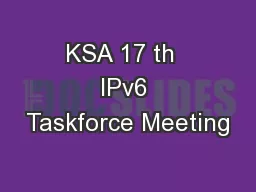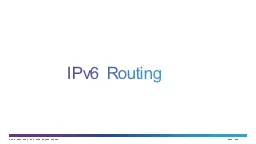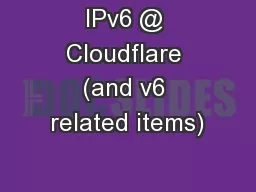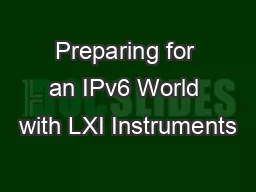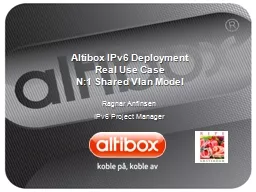PPT-IPv6 Addressing of
Author : pamella-moone | Published Date : 2016-07-30
IPv4IPv6 Translators 20091103 v01 prepared by X Li C Bao 20091103 v02 updated by Med 20091104 v03 updated by X LI C Bao 20091105 v04 insert slides provided by M
Presentation Embed Code
Download Presentation
Download Presentation The PPT/PDF document "IPv6 Addressing of" is the property of its rightful owner. Permission is granted to download and print the materials on this website for personal, non-commercial use only, and to display it on your personal computer provided you do not modify the materials and that you retain all copyright notices contained in the materials. By downloading content from our website, you accept the terms of this agreement.
IPv6 Addressing of: Transcript
Download Rules Of Document
"IPv6 Addressing of"The content belongs to its owner. You may download and print it for personal use, without modification, and keep all copyright notices. By downloading, you agree to these terms.
Related Documents

